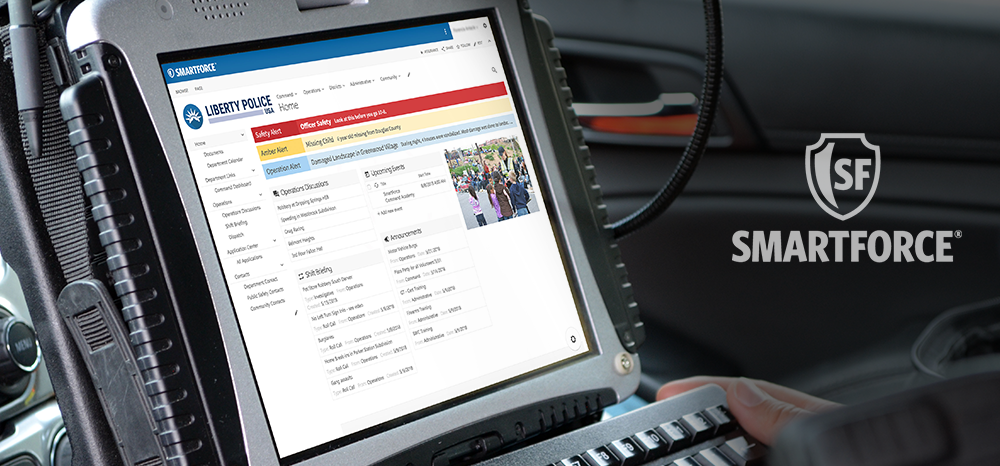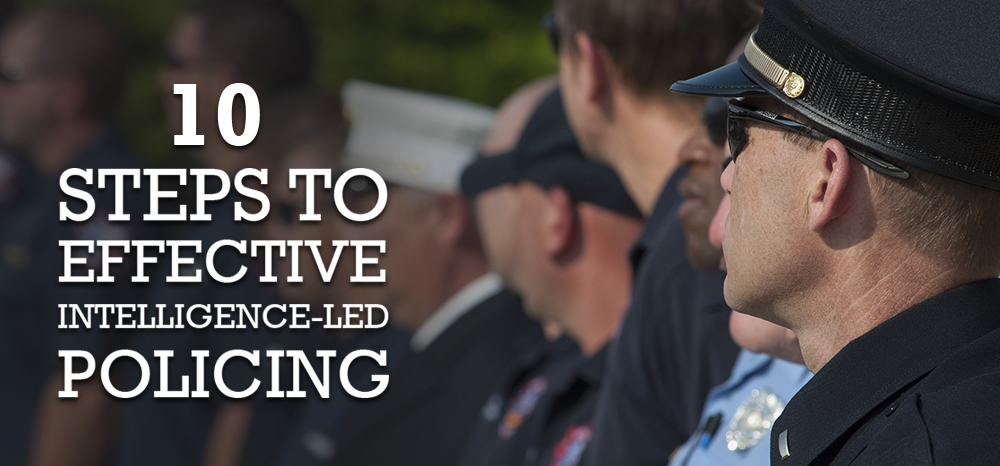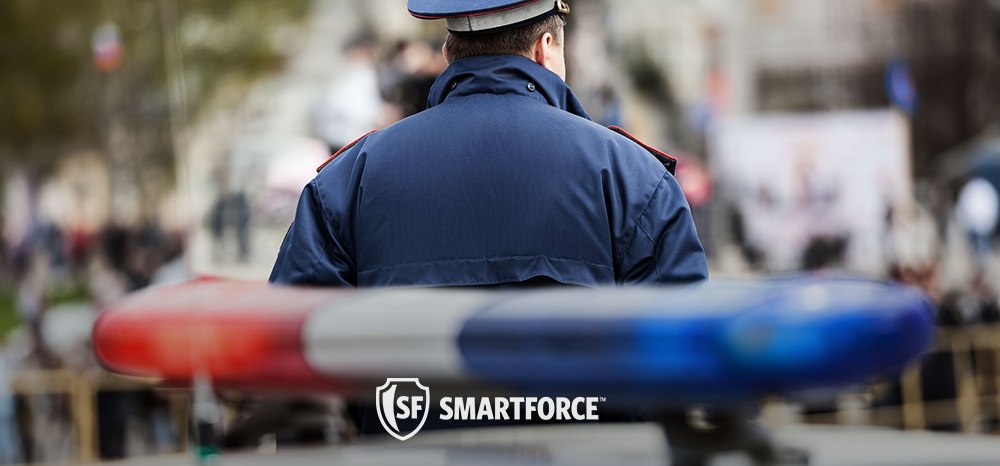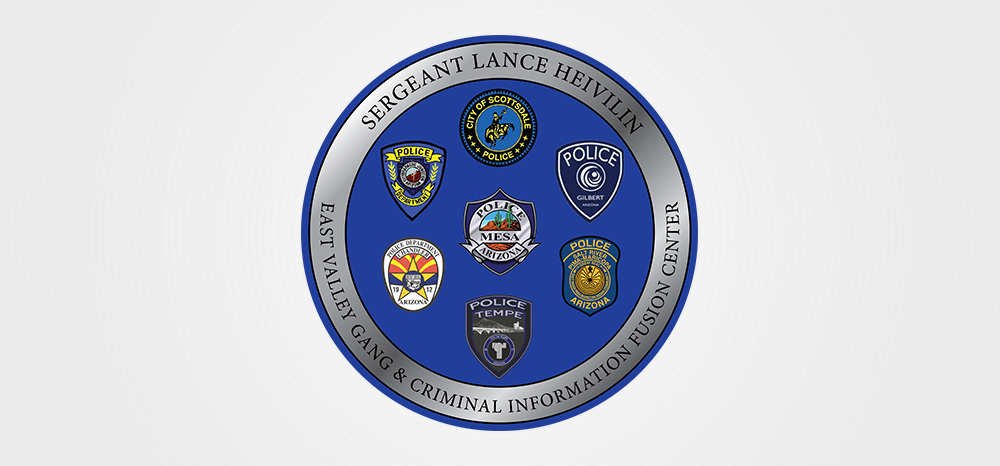Communication is a critical part of all Patrol and Investigations’ efforts in any law enforcement agency, regardless of its size. But achieving this is rarely as simple as flipping on a proverbial light switch. Not only do you need a culture where communication is prioritized, but one where a sense of openness is unlocked through the most important technique of all: improved and organic collaboration across the agency.
Luckily, getting to this point is not as difficult as one might think. If you truly want to improve Patrol and Investigations’ communication and empower collaboration, there are Five Key Elements that are required and can be easily accomplished using SmartForce® an Agency Management System designed specifically for Police Departments.
1. Focus on Shift Briefings
In many ways, shift briefings are where communication and collaboration intersect in a meaningful way. Utilizing SmartForce, Investigations can post a briefing item to advise Patrol what they are working on, and what assistance Patrol can provide. An example of this idea in action: Detectives working a bank robbery series can share the bulletin and ask Patrol to conduct specific tasks such as locating an identified suspect and conduct a road interview or bring them in talk with Detectives. Detectives can also share progress on the investigation and provide Patrol with the direct point of contact for any new information.
2. The Power of Operations Discussions
Along the same lines, SmartForce facilitates Operations Discussions, which go a long way towards breaking down those information silos that far too many agencies still must contend with. Investigations and Patrol can all collaborate on an issue (like a crime hotspot) in a way where everyone sees what individuals are doing. Patrol will know if a Detective needs help contacting an investigative lead, or locating a witness, and Detectives will know what suspicious activity Patrol is seeing in real time whether they are in the office or on the move.
Additionally, Operations Discussions build an investigative timeline of what is happening in terms of the investigation’s status. This goes a long way towards keeping things well organized and helps to eliminate any unnecessary redundancy and duplication of work. Overall, it fosters a culture capable of doing more of what needs to be done to solve crimes.
3. The Art of Deconfliction
The “art of deconfliction” also has an important role to play in Patrol and Investigation’s communications, but from a slightly different perspective. Deconfliction logs can and should include things like drug tips and other types of activity where both Patrol and Investigations need to know what the other is working on. For example, a Patrol Officer might receive a tip about a drug house in his or her assigned area. If that Officer posts the tip to the Drug Tip Deconfliction Log within SmartForce, the Narcotics Sergeant can let the Officer know if they are either already working that address; want to work it or would like the Officer to work it at the patrol level.
4. The Importance of Crime Bulletins
During a crime series all key stakeholders involved need to have updated information in an accessible way for both Patrol and Investigations to ingest. Crime Bulletins are an excellent way to communicate between stakeholders when they are current and updated with versioning. It goes without saying but linking to this information in shift briefings and operations discussions is of paramount importance to solve crimes quickly and efficiently.
5. Search, and Plenty of It
Finally, we arrive at the concept of search – something that makes sure that all this insight and expertise no longer remains in a silo, cut off from the people who need it the most. With search functionality, Patrol Officers and Detectives can quickly catch-up on current happenings after RDO’s, vacations and more – all with customized views. SmartForce is one example of a solution designed to improve communication in this way by unlocking native search functionality within the solution itself. If all areas are putting their activity in SmartForce, any searches run on people, places, vehicles and keywords will link these two critical areas together much faster than email or word of mouth could ever accomplish.
Good communication and collaboration are essential in solving crimes efficiently and quickly. SmartForce incorporates the Five Key Elements listed above to link key stakeholders within an agency giving them a one-stop-shop to get their jobs done using the best technology available today.










